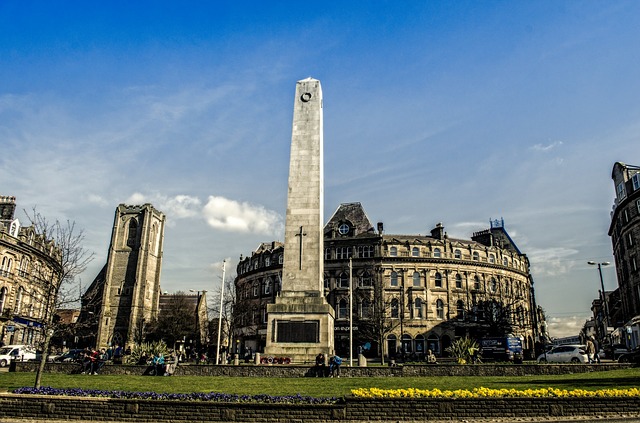The ancient objects come from as far afield as Afghanistan in the East and Ireland in the West, as well as what is now Russia, Scandinavia and continental Europe.
The hoard contains 617 silver coins and 65 other objects, including a gold arm-ring and a gilt silver vessel.
Dr Jonathan Williams, keeper of prehistory in Europe at the British Museum, said: "[The cup] is beautifully decorated and was made in France or Germany at around AD900.
"It is fantastically rare - there are only a handful of others known around the world. It will be stunning when it is fully conserved."
The hoard contains 617 silver coins and 65 other objects, including a gold arm-ring and a gilt silver vessel.
Dr Jonathan Williams, keeper of prehistory in Europe at the British Museum, said: "[The cup] is beautifully decorated and was made in France or Germany at around AD900.
"It is fantastically rare - there are only a handful of others known around the world. It will be stunning when it is fully conserved."
From the Guardian:
The Whelans and the museum staff were astounded as her bench gradually filled with the contents of the bowl: a gold arm ring possibly made in Ireland, silver rings and brooches, dress ornaments, ingots, the chopped up scraps of silver which the Vikings used by weight as cash, and coins by the score, many in superb condition.
"If somebody asked me to fit it all back in now, I'm not sure I could," she said yesterday.
The treasure was crammed into an exquisite silver pot decorated with incised lions and deer and plated inside with pure gold, which may once have held the communion bread for some wealthy church in northern France.
The clue to why the Harrogate treasure had remained hidden lay in the bowl itself, archaeologists found. The latest coin was minted in 927 AD by the Anglo-Saxon king Athelstan, who was the first to proclaim himself "king of all Britain". The most serious challenge to the Viking power was marching north, and the archaeologists are not surprised that the owner was never able to go back to retrieve his hoard.
"If somebody asked me to fit it all back in now, I'm not sure I could," she said yesterday.
The treasure was crammed into an exquisite silver pot decorated with incised lions and deer and plated inside with pure gold, which may once have held the communion bread for some wealthy church in northern France.
The clue to why the Harrogate treasure had remained hidden lay in the bowl itself, archaeologists found. The latest coin was minted in 927 AD by the Anglo-Saxon king Athelstan, who was the first to proclaim himself "king of all Britain". The most serious challenge to the Viking power was marching north, and the archaeologists are not surprised that the owner was never able to go back to retrieve his hoard.
I found an old penny once...



Comment